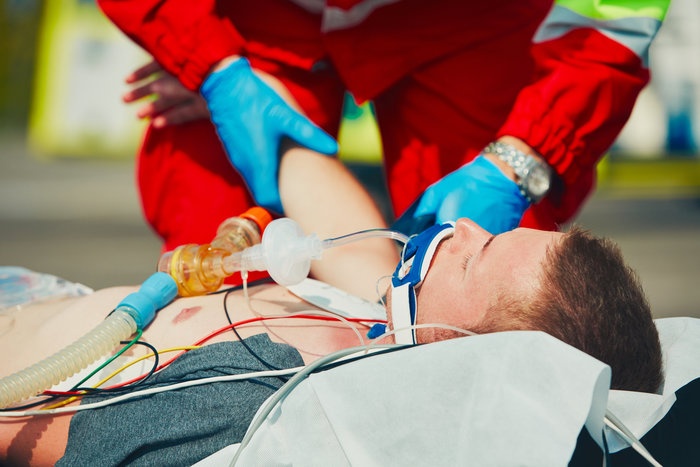
As an EMS responder, you know how important a well-stocked trauma bag can be to the smooth running of emergency scenes. When you’re involved in the rapid, complex stabilization of a trauma patient, there’s nothing better than knowing that every piece of equipment you need is right within arm’s reach. A variety of dressings, assessment tools, and personal protection gear are all critical inclusions in your trauma bag. But none is so imperative as airway equipment, for without a patent airway, nothing you do for your patient will really matter.
So, let’s discuss four airway devices that should be included when stocking your trauma bag.
1. Initial Tools
As you begin your patient assessment, one of the first things to determine is airway patency. You can’t proceed to the “B” of your ABCs without first stabilizing the “A.” And when it comes to opening the airway, basic adjuncts are simple and expedient. These include:
- Oropharyngeal airway (OPA):
- One of the most commonly used adjuncts in EMS
- Can be inserted either directly or using an inverted technique
- Contraindicated in semiconscious or conscious patients because it will trigger a gag reflex
- Can also be used to keep the patient from biting down on the ET tube
- Measure from the central incisor to the angle of the jaw for proper size
- Nasopharyngeal airway (NPA):
- A flexible, soft tube that is inserted into one of the nares
- Rests along the back wall of the naso- and oropharynx
- Watch for bleeding associated with insertion
- Measure from the tip of the nose to the tip of the ear for proper size
2. Ventilation Devices
When it comes to ventilating your patient, there are a few options:
- Bag-mask device
- The most commonly used ventilation device
- Form a C-clamp with your free hand to secure the device to the patient’s face
- Pay attention to ventilation rate and ventilate appropriately for your patient’s condition/size
- Barrier device/resuscitation mask
- Can be used in place of a bag-mask device
- Protects the rescuer from direct contact with the patient
- Small and portable
3. Intubation Devices
Your equipment assemblage for endotracheal intubation is traditionally carried in the airway bag. You can choose to keep a small kit in your trauma bag, or you can simply carry a supraglottic device that allows for rapid insertion of an airway. These include:
- Combi-Tube
- King LT airway
- Laryngeal mask airway (LMA)
4. Portable Suction Devices
Although there are a variety of airway devices you can stow in your trauma bag, they will be useless for the patient who is bleeding into his or her airway or drowning in secretions. The ONLY way to clear such airways is through the use of a portable suction unit! So here are a few considerations for choosing a suction device that will be a great addition to your bag:
- Portability: Choose a unit small enough to slip easily into your trauma bag
- Power: Choose a reliable unit that can run on battery power
- Lightweight: You have enough gear to carry, so no need for a bulky suction unit
- Effective: Make sure the unit can handle even the heaviest bleeding and secretions
- Catheters: Keep at least two types of suction catheters on hand so you have the right one for the job.
Your trauma bag must be geared to meet the demands of any type of call, so be sure it is well-planned, well-stocked, and equipped to handle any airway emergency.
Editor's Note: This blog was originally published in November, 2016. It has been re-published with additional up to date content.
















